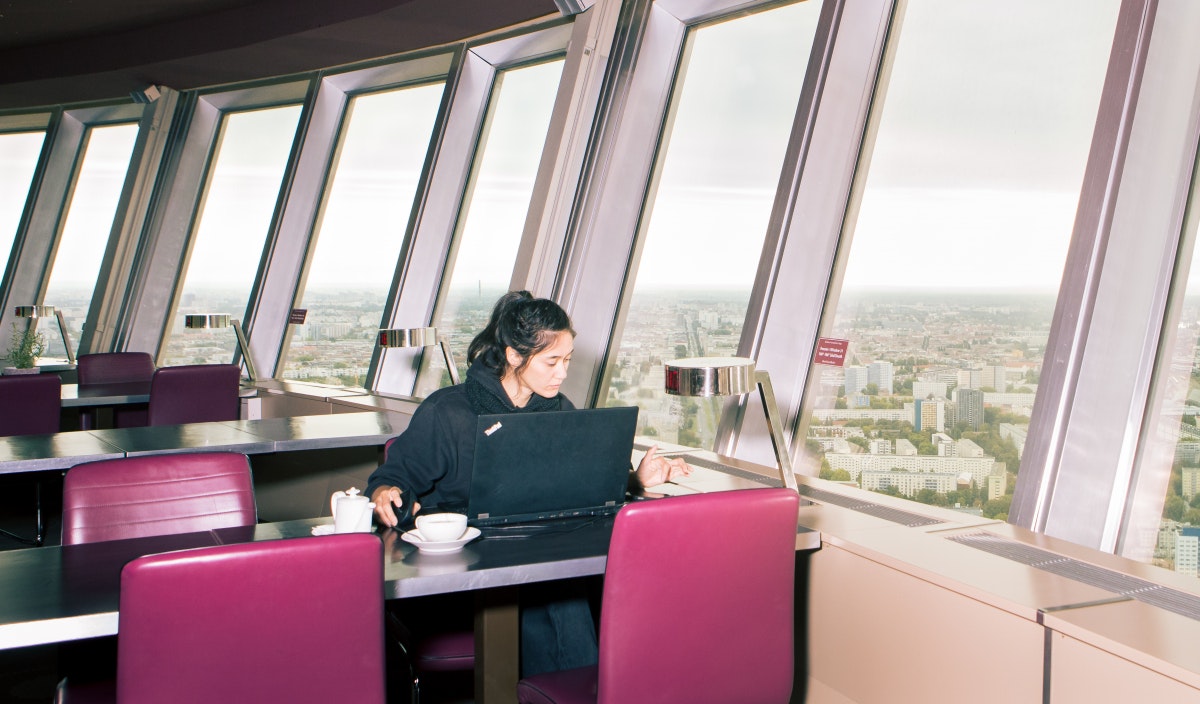New Normal: What makes a really good job
No time right now?
Companies wanted cool coffee kitchens and open offices – then came Corona. Now companies and employees are thinking hard about what really makes a good place to work.
They were back. At least some of the workforce. At least for a few days a week, or even just a month. At least at the beginning of October. Companies and employees have tried their hand at everyday work again. Some with great pleasure: because they missed their favorite colleague, the food in the canteen or the change from their own four walls. Others were reluctant to pull out their access cards: The commuting annoys them, so does the noise level – and the coffee at home also tastes better than what is trickling out of the machine in the office.
In the first step, the work rooms were made corona compatible. But in the second step – especially in view of the upcoming winter pandemic with increasing numbers of infections and stricter requirements again – the office will be given major consideration again. What was everyday life before is now a question of weighing up: “Why should I want to return to a bad office?”, Says Andreas Pfnür, Professor of Real Estate Management and Construction Management at TU Darmstadt.
Even Google is rethinking. Time and again in recent years, companies have been inspired by furnishings and designs from Silicon Valley. Open office space, flexible desk usage, plus corners and opportunities for casual exchange among employees. Now one thing is certain: The tech giant’s employees can definitely stay in the home office until next summer.
At the same time, the group is working to ensure that its own offices – whether the Googleplex in Mountain View or the German headquarters in Hamburg – can be revived. “We value our offices very much, we value the culture there,” said Alphabet boss Sundar Pichai recently in a video interview with the US magazine Time, “but I think we have to allow more flexibility.”
This challenge will shape the topic of work in the next few years: How much exchange is good, how much distance is desired? Employees and supervisors will have to think more about the environment they currently need. And companies will have to deal with the problem of creating the contradiction between variable places of work and long-term rental agreements.
With a distance and an app to the old office
First of all, stickers and flutter tapes have to help make working in the office possible. Arrows show the right direction, desks are moved apart. Mouth and nose covering is compulsory right up to your own workplace, and regular intermittent ventilation is suddenly welcome. Coworking provider Wework has even had its own cushions printed for the cozy sofa corners: “Please keep a distance of two meters. “
Technology should also help. Some companies retrofitted air filters for their offices. Siemens announced in the summer that it would provide 100,000 employees at 600 locations in 30 countries with the Comfy app. It has been part of the company’s portfolio since it was taken over two years ago. And initially helped to inform the workforce about the rules at their respective locations: where are the rooms open again, how many employees are allowed to be in the office at the same time?
In addition, the connection to the building technology is to come gradually. This makes it easier to see how many people are already in a room. Or, if the air conditioning allows, you can also set a suitable temperature for your own work area. “There is great interest in investing in smart building technology,” says Elisa Rönkä, who is responsible for digital market development in Europe at Siemens Smart Infrastructure. “This is how you can make your workplace future-proof.”



